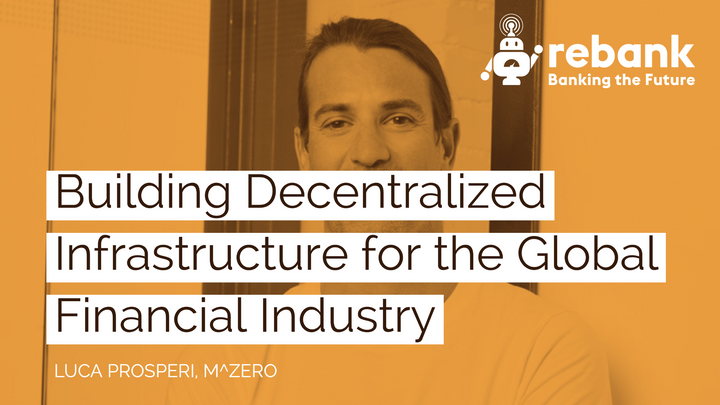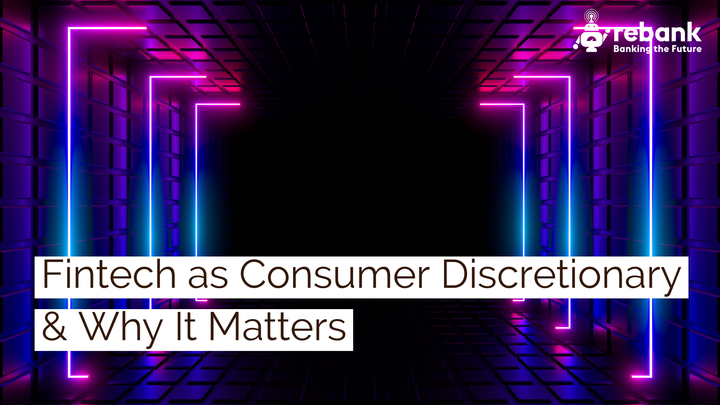Fintech: The Guiding Light (or The Continued Dominance of Banks)

The arrival of highly automated, technology-enabled banking service providers, a.k.a. fintech firms, has tech and banking executives and pundits prognosticating the widespread decline and fall of banks. Exciting as it may sound, this will not happen. If banks respond correctly to a changing banking services landscape, they need not worry about going the way of the telco.
To be clear, the risk that fintechs represent to banks’ business models is real, and banks’ failure to respond to a changing market for banking services could indeed spell their demise.
However, the most threatening idea thrown around comes neither from fintechs nor the media but from bank executives themselves. In the face of customer losses to fintechs, leaders of incumbent banking organizations have grown increasingly fond of discussing strategies for reestablishing their institutions’ importance to customers. It is precisely this sort of self-centered thinking by banks that opened the door to fintechs in the first place.
Banks themselves are not important; it’s the banking services they offer that are. Customers are attracted to fintechs because they haven’t misinterpreted their role in a transactional industry like retail banking.
Retail customers largely have simple, transaction-based needs. They want to receive and pay money, safeguard their funds, and borrow money to manage their cash flows or to make large, one-off purchases. They don’t actually care whether these services are all offered by the same provider, but they do need to link automatically for ease of use.
The equation for retail customer satisfaction is a simple function of functionality, convenience, fair pricing and quality customer support. Nowhere does relationship factor into the equation.
Relationship banking is a wonderful concept when it delivers pricing and service advantages to customers, be they businesses or individuals with complex banking needs. However, when a customer’s needs are transactional, as they are in the vast majority of cases, banks need to recognize it and be prepared to deliver for it.
To deliver cheap, transactional banking services, banks need to be efficiently structured. Unreasonably high infrastructure or personnel costs prevent businesses in any industry from being competitive, and banking is no different.
The excitement around fintechs is a guiding light for banks: society is making it clear what it wants banking to be. Rarely do industries receive such clear indications from their customers as to exactly what they want. It is up to banks to respond to these instructions, managing their business models and cost bases as necessary. In this way, banks can and will remain the preferred providers of banking services long into the future.


